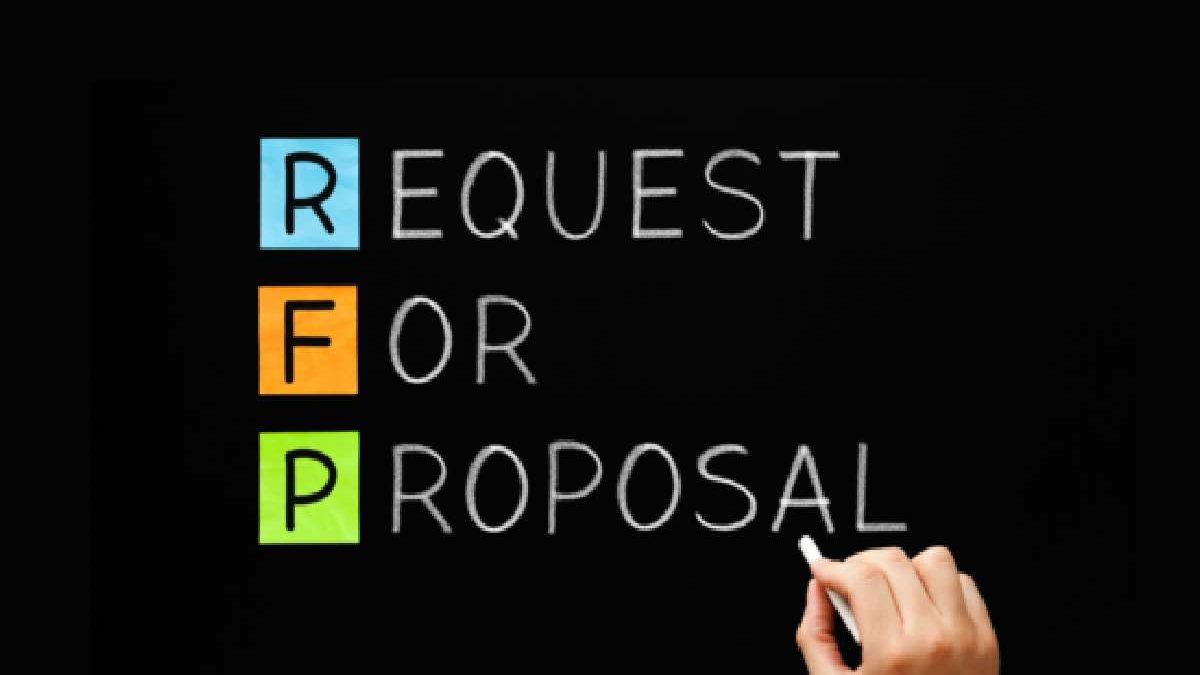Request for Proposal
In every business transaction, clear communication is key. This is especially true when it comes to drafting a Request for Proposal (RFP). This guide will help you navigate the process from start to finish, outlining the basics of RFPs, what they should contain, how to write them effectively, common mistakes to avoid, and finally, some examples of successful RFPs. Keep reading!
Table of Contents
Understanding the Basics of a Request for Proposal
Alt text: A man sitting at his larger work desk while using a pen and studying various pieces of drafting paper.
To start, it is crucial to understand what a Request for Proposal is. Essentially, an RFP is a document that outlines the details of a project or service requirement. It is issued by a company looking to purchase something and sent to potential vendors who can provide that service or product.
An RFP provides a detailed description of the project or service being requested, specifications on what is needed, and any relevant deadlines or milestones. The vendors then respond with their proposal, outlining how they can meet the needs outlined in the RFP.
This process allows the company issuing the RFP to compare proposals and choose the best fit for their needs. It also gives vendors a clear understanding of what is required and the chance to tailor their proposal to meet these requirements.
Many companies utilize websites to streamline their RFP process like a request for proposal.
Essential Components of a Successful RFP
A successful RFP is detailed, and clear, and provides ample space for potential vendors to outline their services. The introduction should include a summary of the company issuing the RFP, a brief overview of the project or service being requested, and the objectives/goals of the project or service.
Each RFP should also outline the criteria for how proposals will be evaluated. This can include cost, vendor experience, proposed timeline, and more. This lets potential vendors know how they are expected to meet and exceed these criteria.
Lastly, make sure to clearly indicate how and when vendors should submit their proposals. Include contact information for any further questions vendors may have while drafting their proposals.
Tips for Effective RFP Writing
Alt text: A person sitting at their work desk while using their pen and typing on their laptop at the same time.
The success of an RFP often lies in how effectively it is written. Here are some tips to keep in mind. First, always have a clear objective. Before you start writing the RFP, you should have a solid understanding of what you want to achieve with it.
Second, maintain clarity and brevity. While it’s important to be detailed, too much information can drown out the essentials. Aim for concise sentences and sections. Keep things digestible to ensure your readers can comprehend what you are seeking.
Third, be open to questions. A good RFP starts a conversation. Be prepared to engage with potential vendors who may need more information. This can lead to better proposals and a more successful outcome.
Lastly, don’t rush the process. Good RFPs take time. Make sure to allow enough time to research, write, review, and edit the document before sending it out.
Common Mistakes to Avoid in Drafting a Request for Proposal
While RFPs are important tools in business, they can be prone to mistakes that can lead to confusion or subpar proposals. One major mistake businesses make is being vague. Vague descriptions of what’s needed will likely result in vague proposals.
Another common mistake is not being transparent about the selection process. To foster a fair and competitive process, outline how you will evaluate the proposals so all potential vendors are on the same playing field.
Lastly, remember that the lowest price might not always mean the best quality. It’s important to consider all aspects of a proposal, not just the cost.

